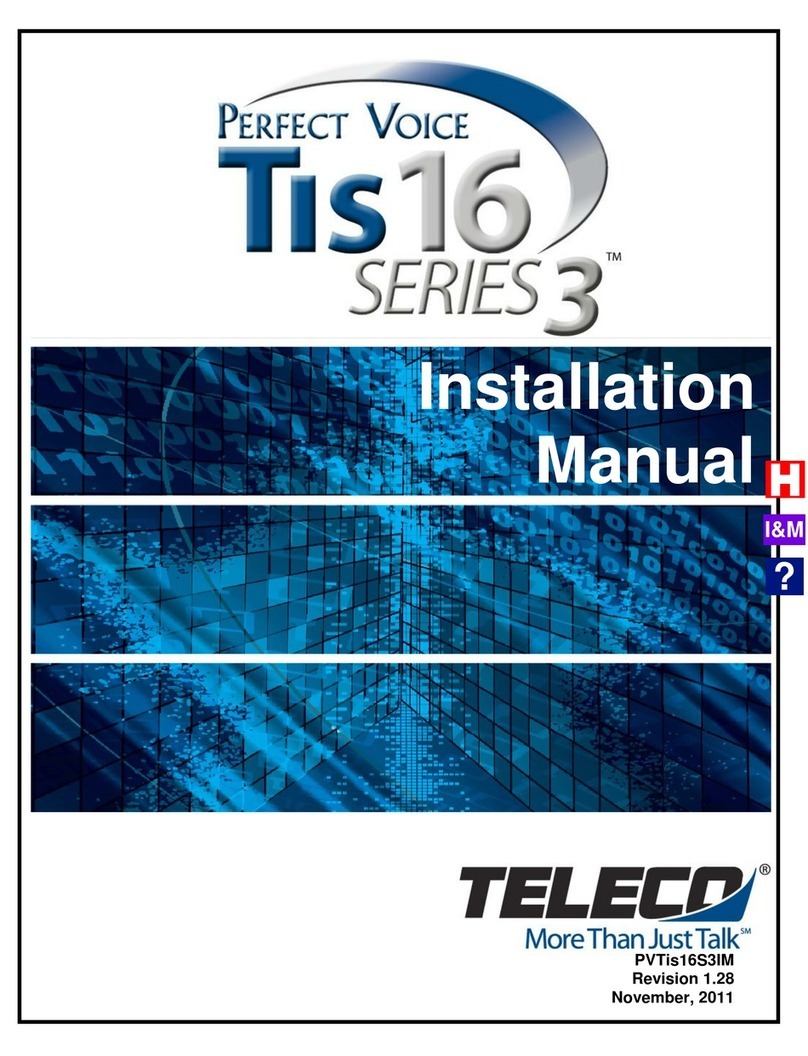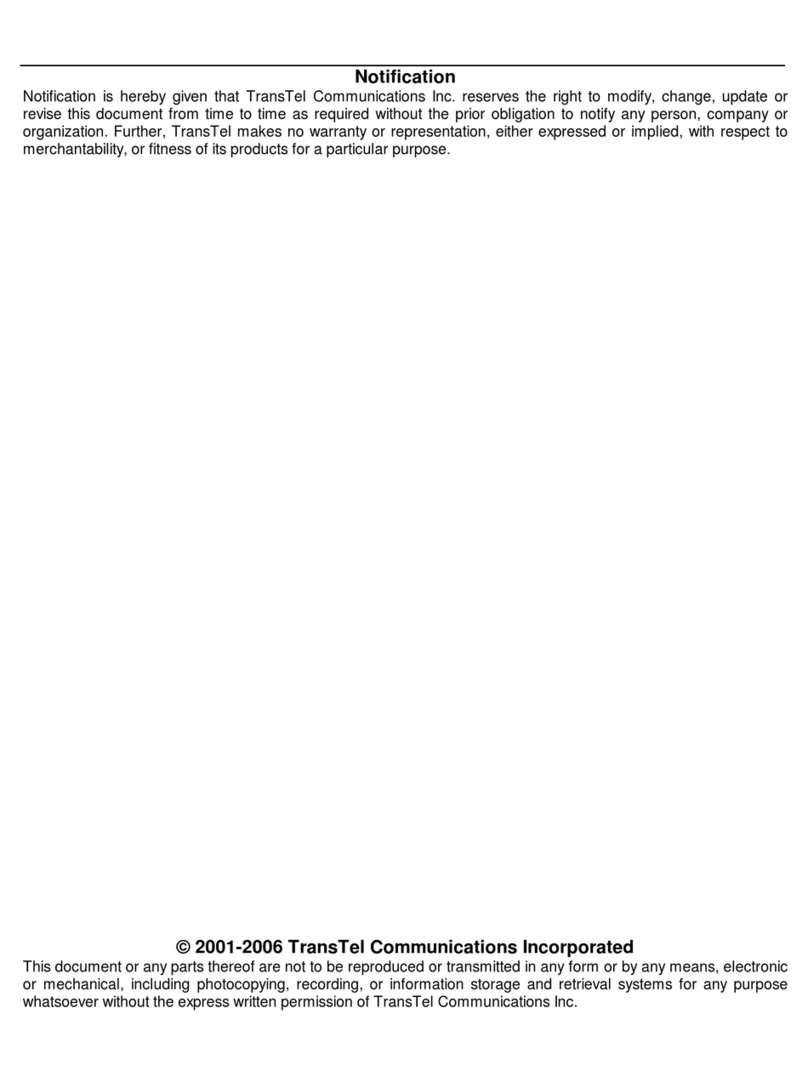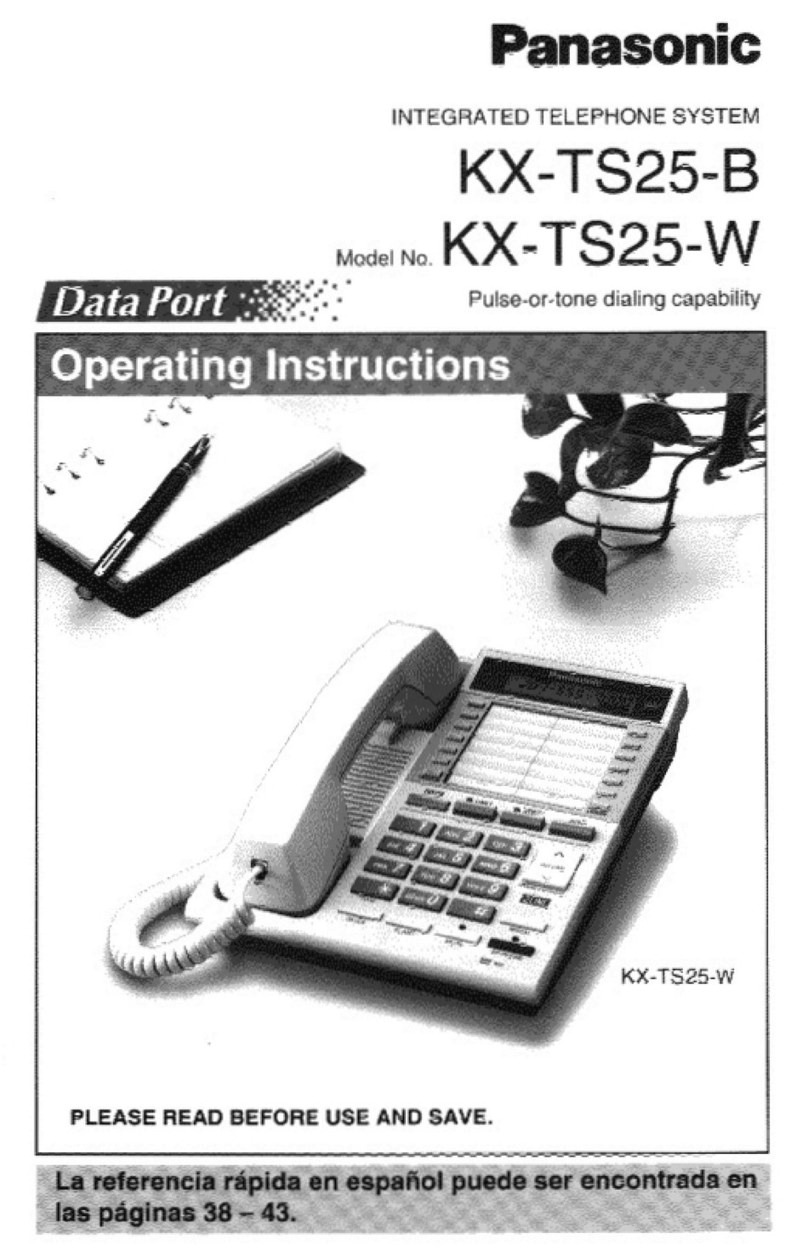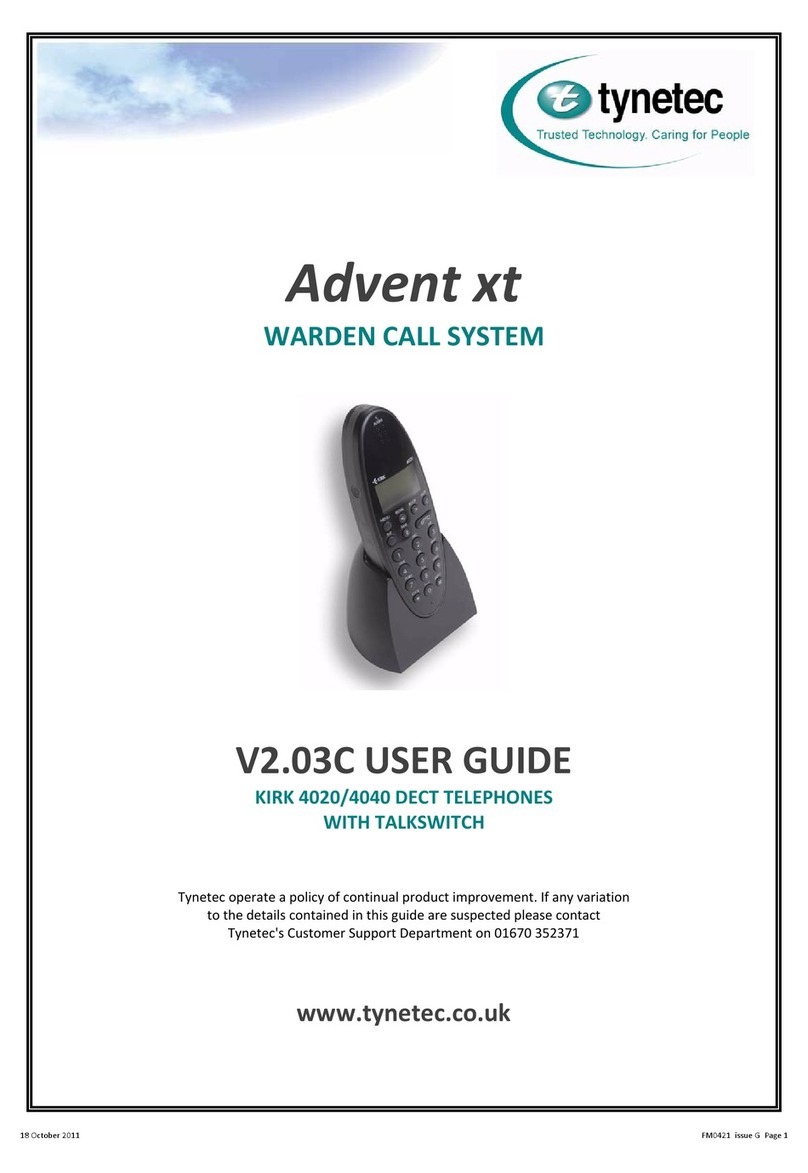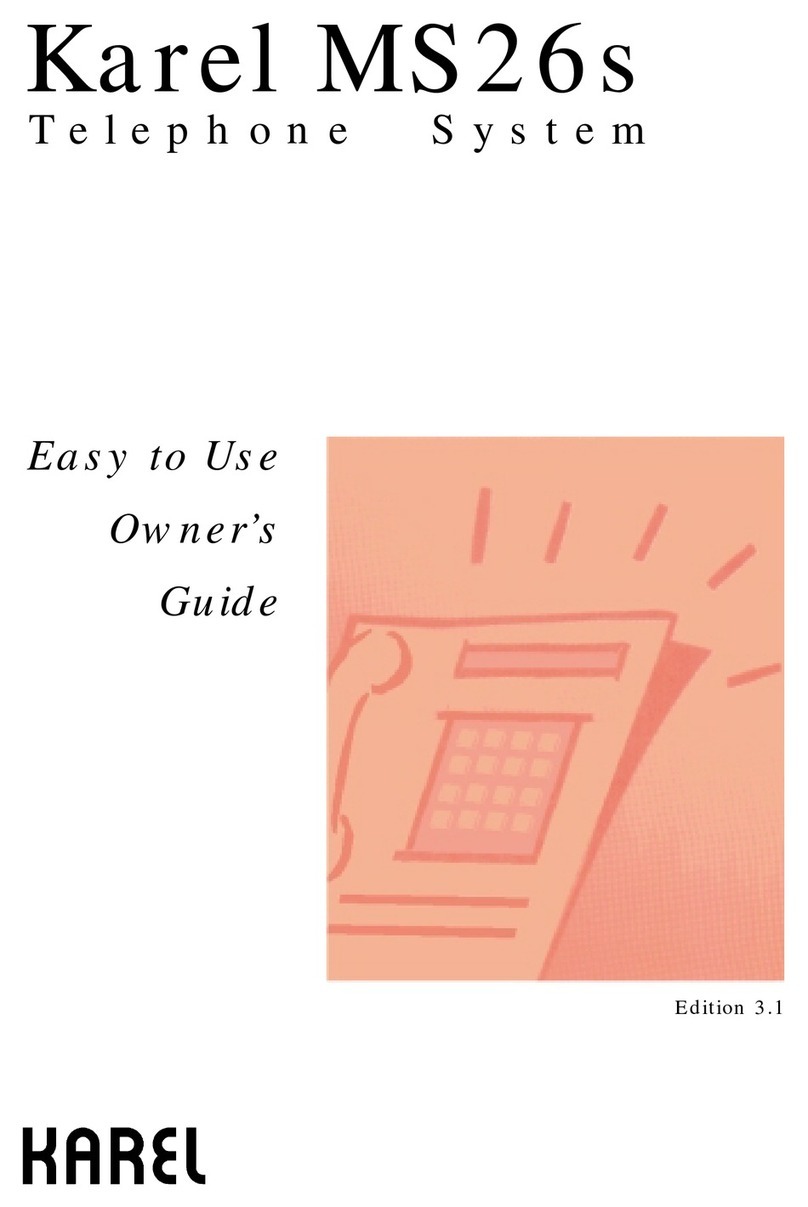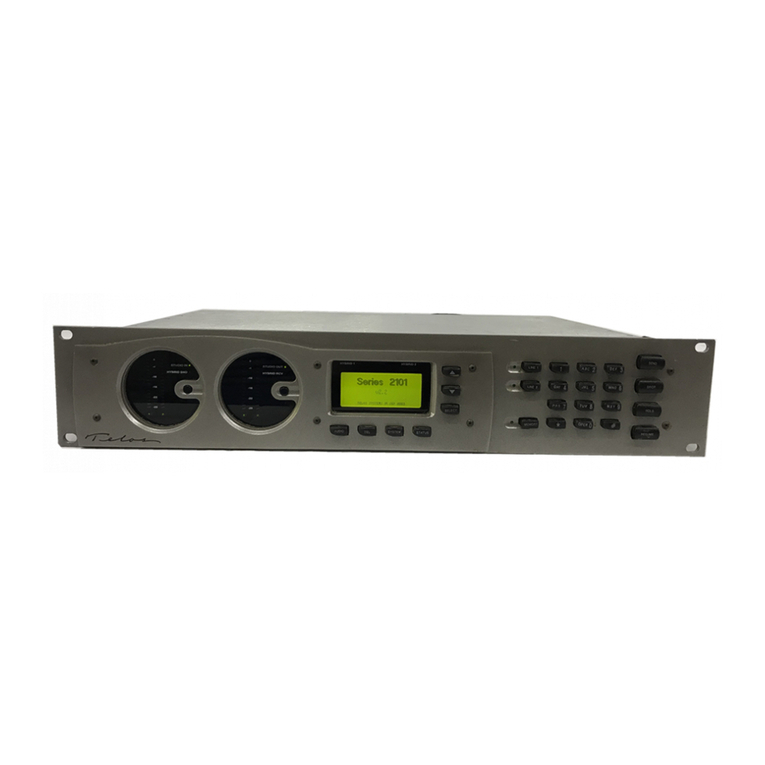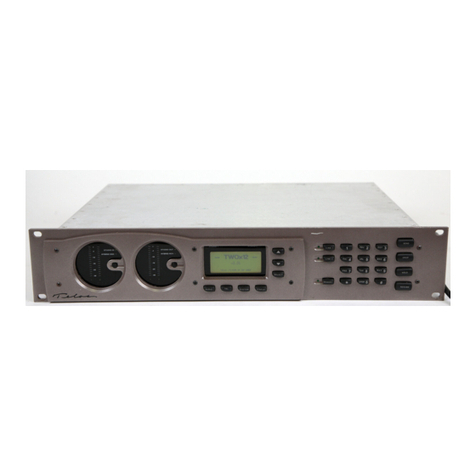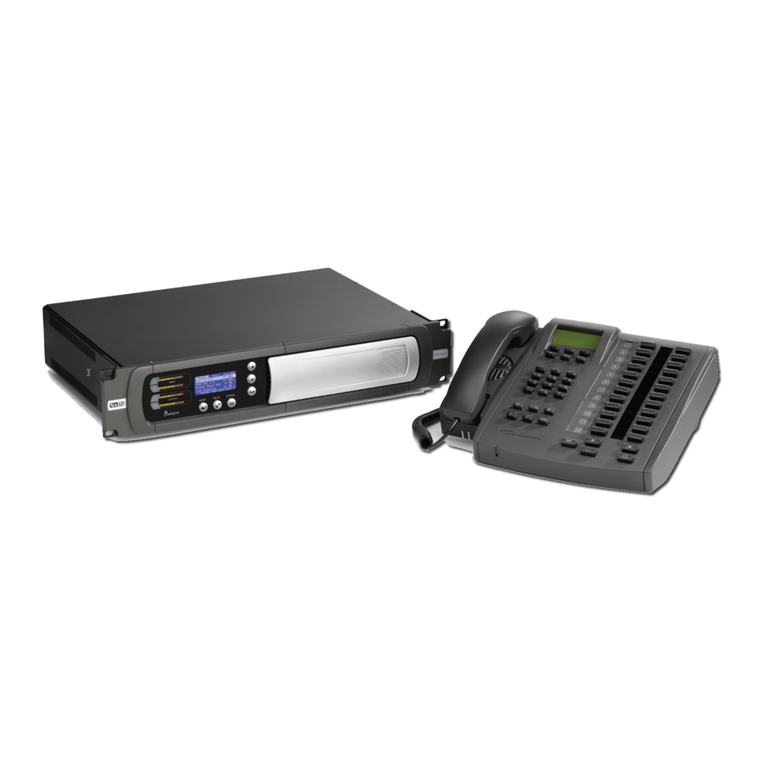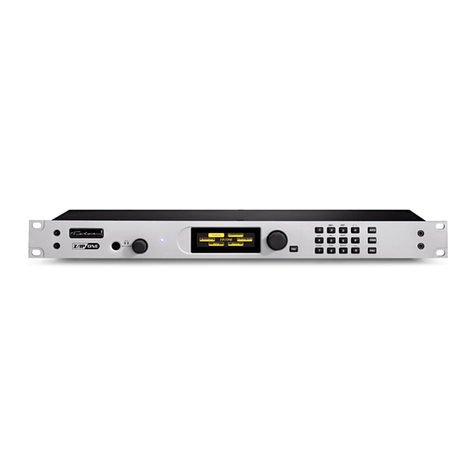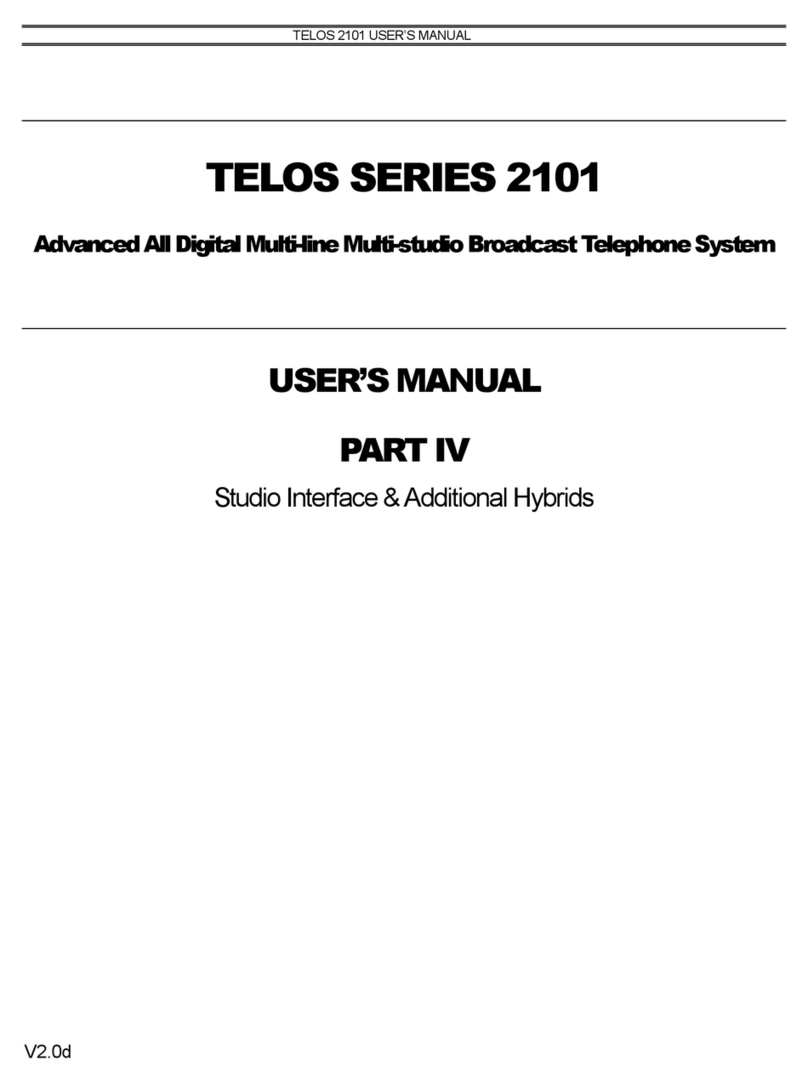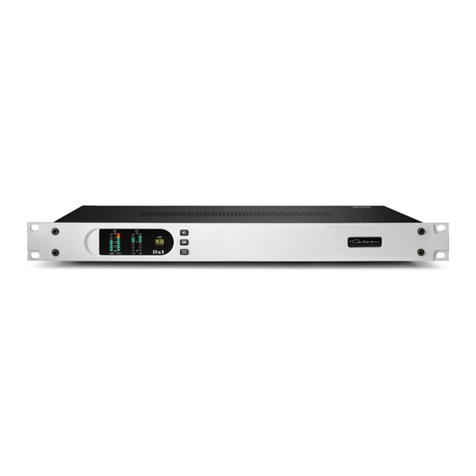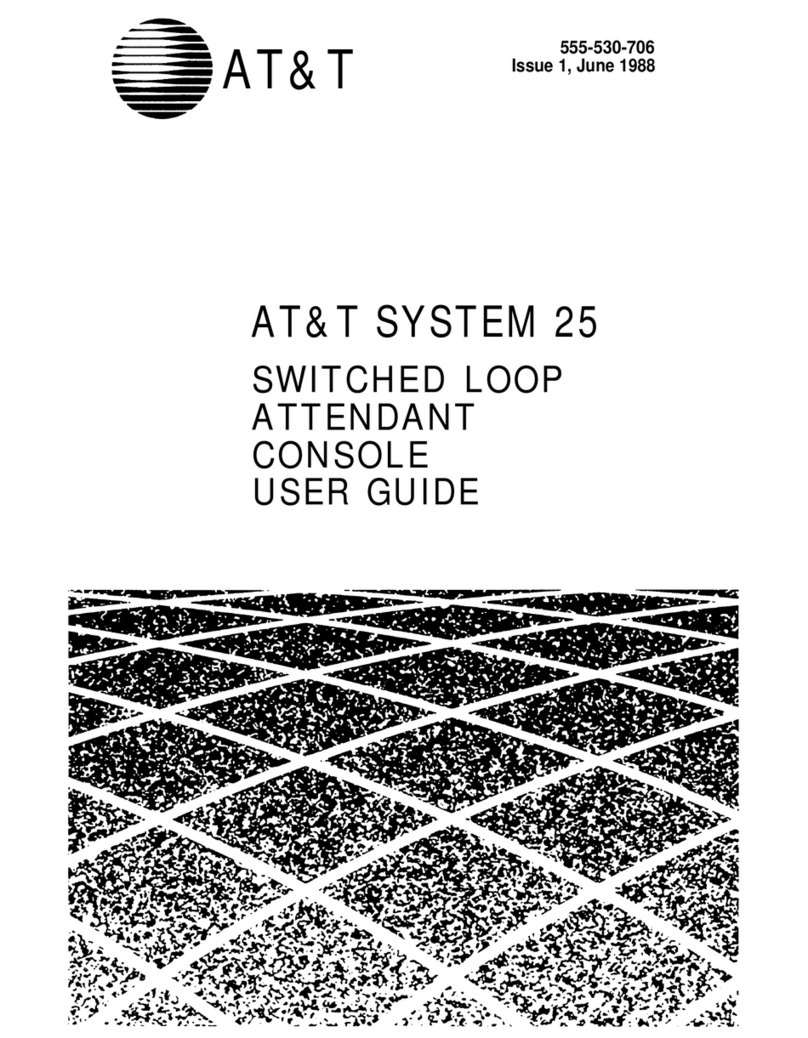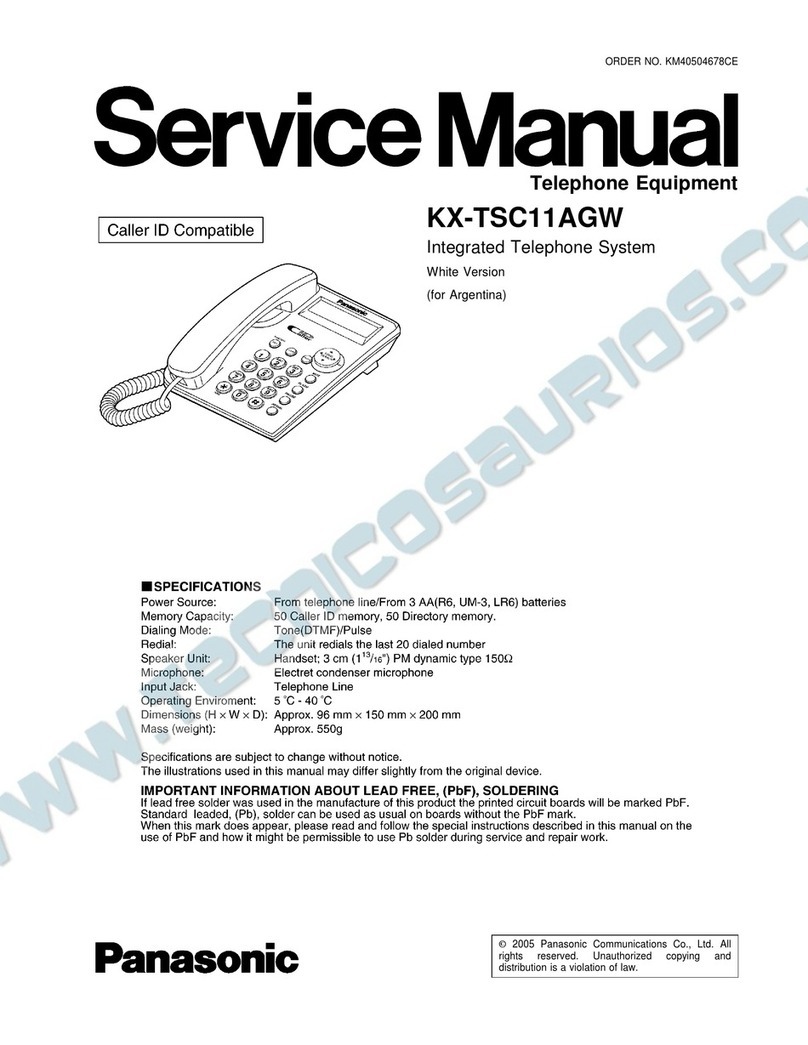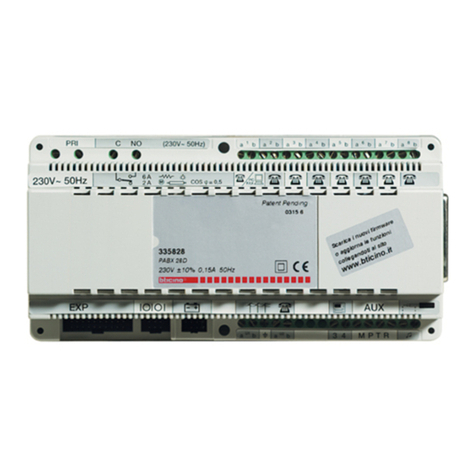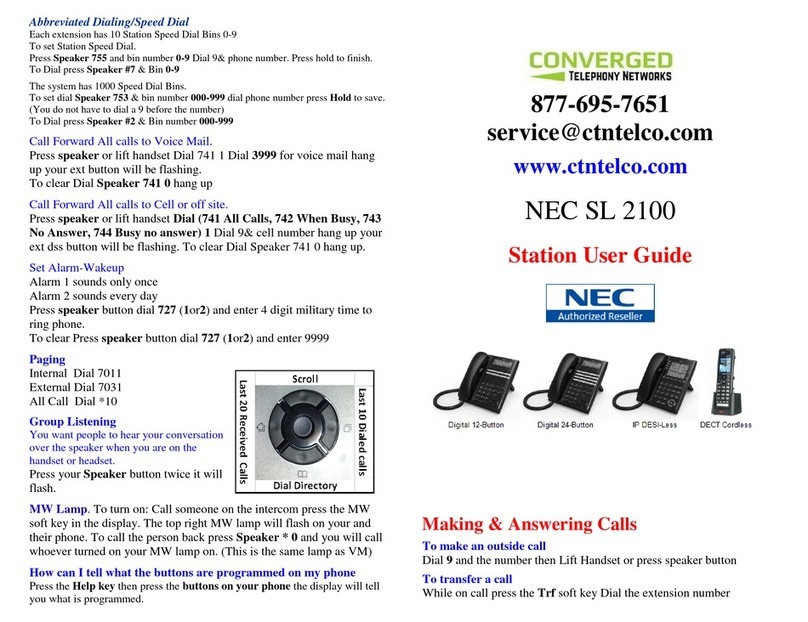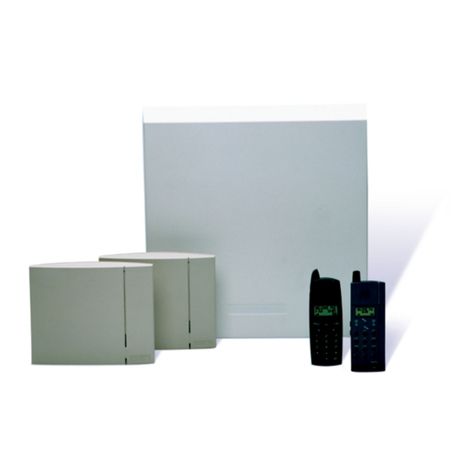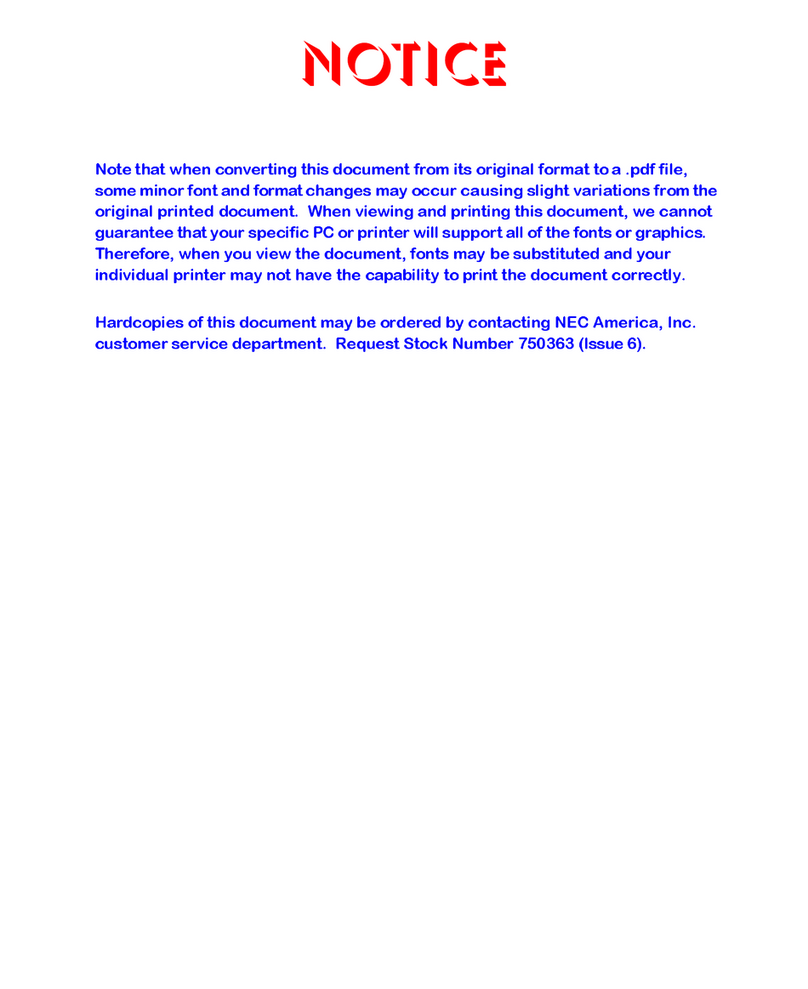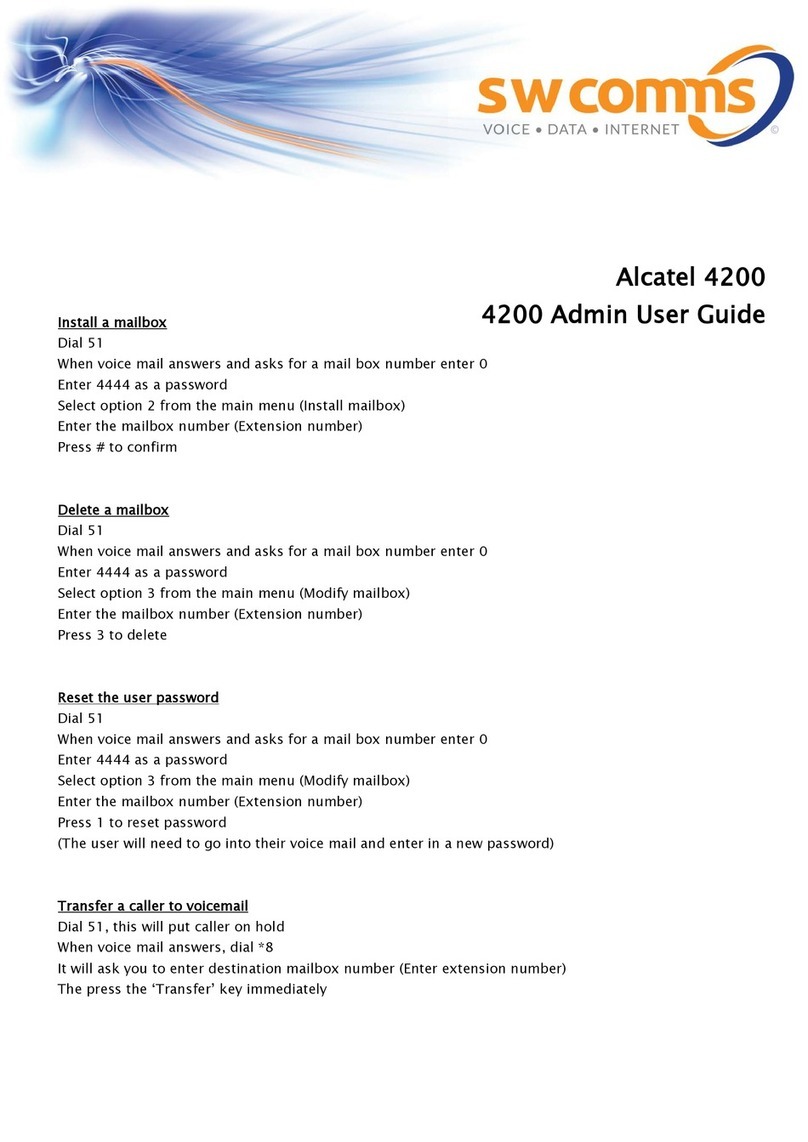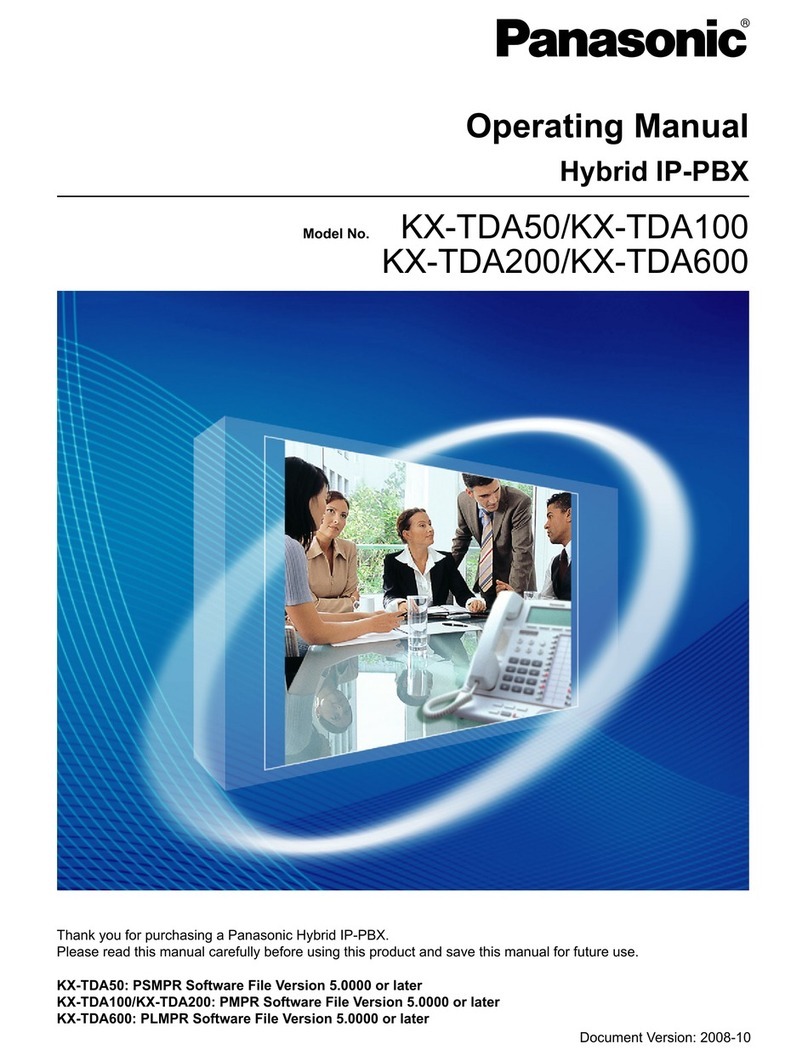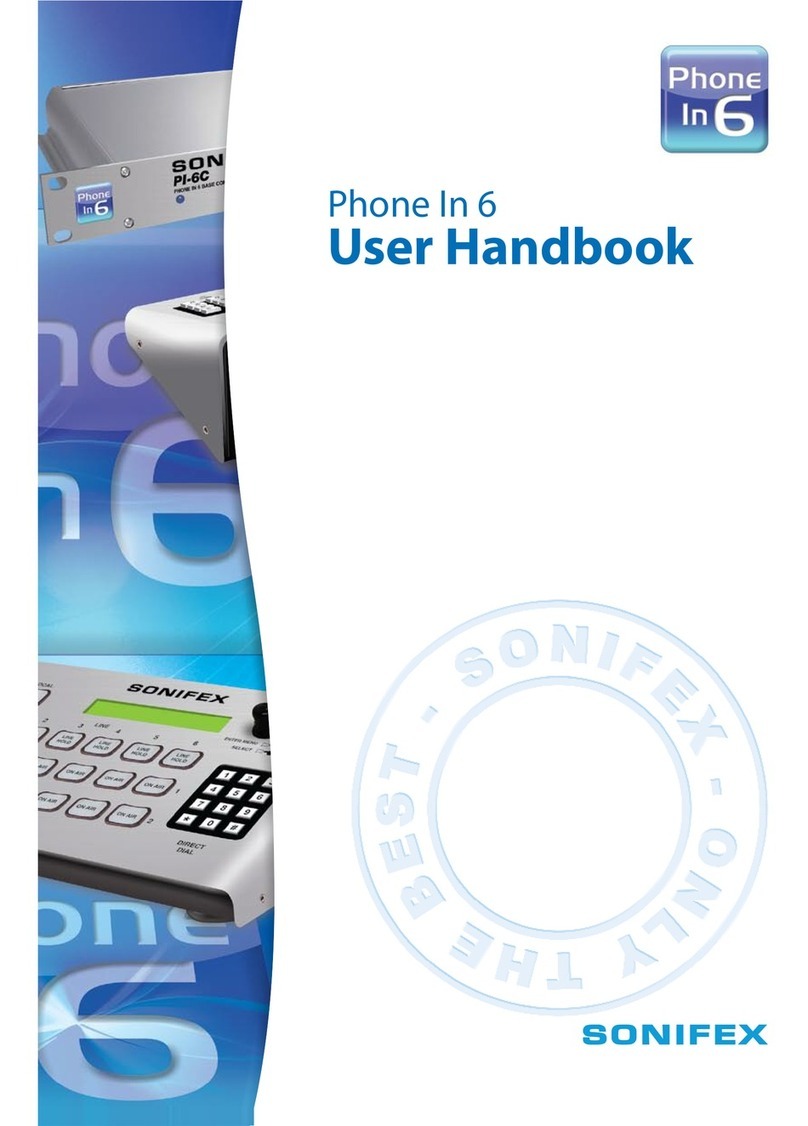
TELOS 2101 USER’S MANUAL
Tables of contents Part III
1INTRODUCTION – WHAT IS THE SERIES 2101 HUB?.............................................................. 1
2PREPARING THE HUB FOR INSTALLATION............................................................................. 5
2.1 INSTALLING INTERFACE CARDS IN THE HUB ................................................................................... 5
Identifying the Cards .................................................................................................................................. 5
Installing cards in the Hub ......................................................................................................................... 8
3INSTALLING THE SERIES 2101 HUB.......................................................................................... 11
3.1 CONNECTING IT UP ........................................................................................................................ 11
3.1.1 A NOTE ON REBOOTING THE 2101 HUB...................................................................................... 11
3.1.2 TELCO TRUNK CONNECTIONS ................................................................................................... 11
3.1.3 THE T-LINK CONNECTIONS TO THE STUDIO INTERFACES.......................................................... 14
3.1.4 ETHERNET 10/100 BASE-T CONNECTION TO THE LAN ............................................................. 17
3.1.5 AC MAINS POWER,OPERATING ENVIRONMENT........................................................................ 18
AC (mains) Power..................................................................................................................................... 18
Environmental Considerations ................................................................................................................. 20
4THE 2101 HUB WEB CONFIGURATION PAGES....................................................................... 21
4.1 ADMINISTRATION PC REQUIREMENTS: ......................................................................................... 21
4.2 ACCESSING THE 2101 HUB WEB CONFIGURATION PAGES............................................................... 21
4.2.1 LOGGING IN TO 2101................................................................................................................. 24
4.3 SYSTEM OPTIONS MENU (HUB CONFIGURATION)......................................................................... 25
4.4 LINE STATUS................................................................................................................................. 27
4.4.1 Configuring the Telco Trunk Ports........................................................................................... 27
Configuring the Telco Trunk Hardware & Protocol Settings................................................................... 28
4.4.2 Configuring your Telco Trunks ............................................................................................ 32
Entering the trunk information ................................................................................................................. 34
Checking your port & trunk configuration ............................................................................................... 34
4.5 SHOW CONFIGURATION................................................................................................................. 35
Creating Show Configurations.................................................................................................................. 36
4.6 CREATING STUDIO CONFIGURATIONS .......................................................................................... 39
4.7 USING THE USER MANAGER.......................................................................................................... 41
4.8 SYSTEM SECURITY TO RESTRICT 2101 HUB ACCESS...................................................................... 42
4.9 SOFTWARE UPDATE ...................................................................................................................... 43
4.10 CONFIGURATION MANAGEMENT................................................................................................... 44
4.11 ABOUT THE WEB CONFIGURATION UTILITY.................................................................................. 45
4.12 2101HUB WEB CONFIGURATION UTILITY ERROR MESSAGES....................................................... 45
PART III
THE SERIES 2101 HUB
TABLE OF CONTENTS
III-iii
